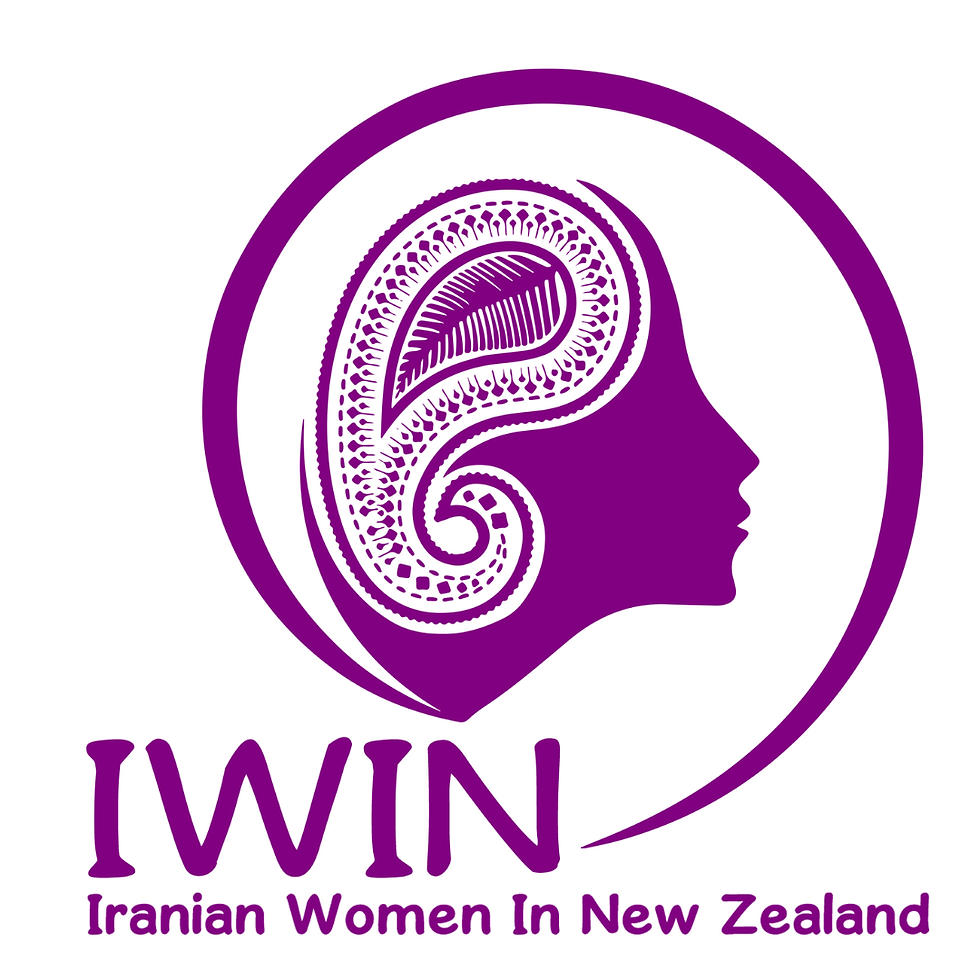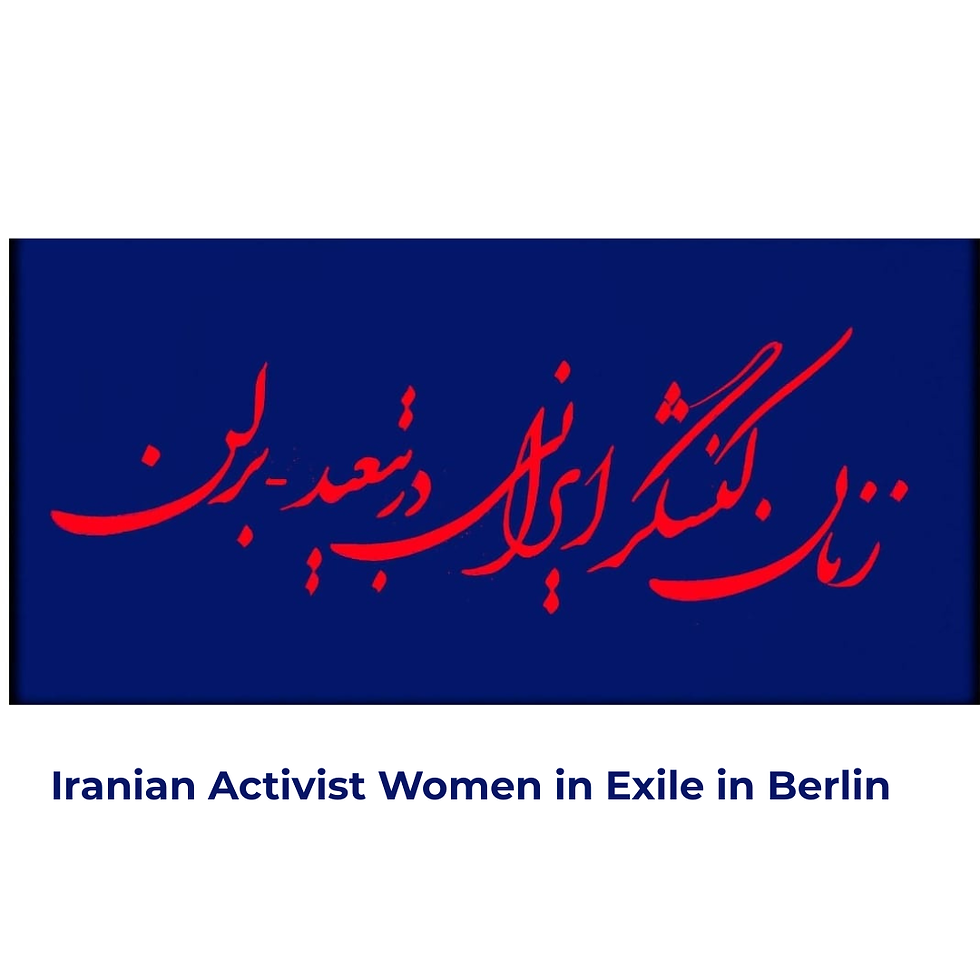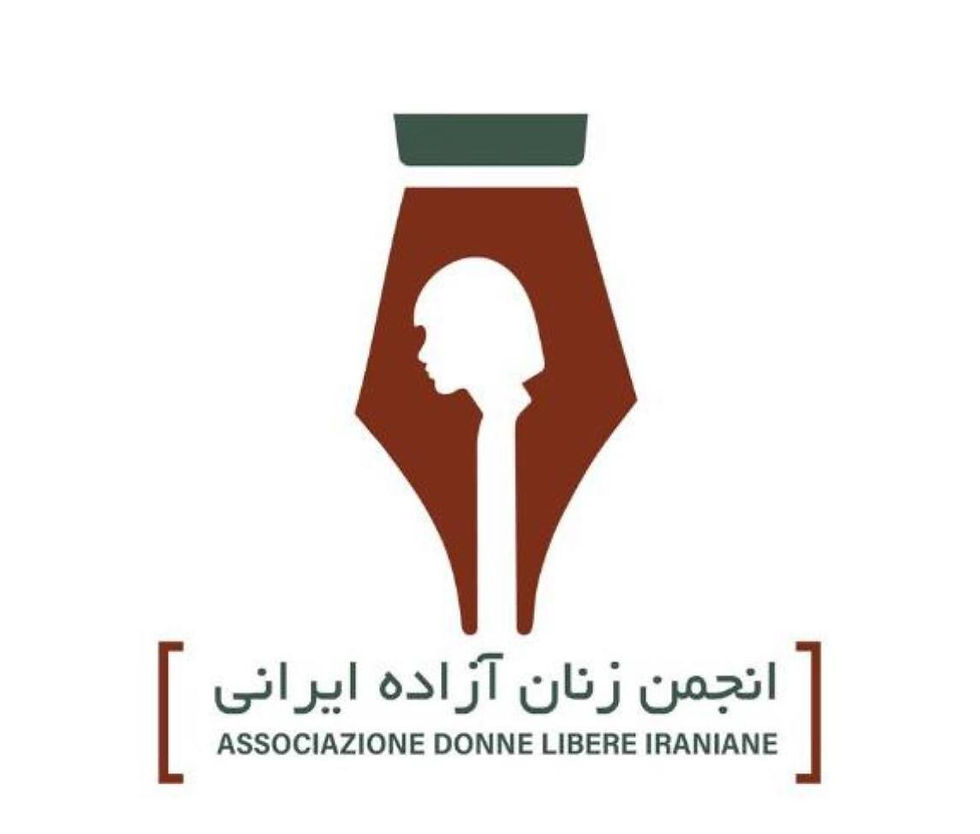.png)
25 Pairs of Red Shoes
In 25+ Cities Worldwide
IWIN invites you: By hosting the ‘25 Red Shoes’ project, connect your city to a world of solidarity.
On November 25, 2025, cities across the world will display 25 pairs of red shoes to honor and remember women and girls who have been victims of gender‑based violence. So far, more than 40 cities have joined us. Your voice, your city, and your support can help this movement grow even stronger.
Have questions? Visit our
FOR WOMAN LIFE FREEDOM
PAGE Contents
🟥 What’s the Story Behind These Red Shoes?
It all began with a single pair of red shoes. Each pair in this campaign is a memorial to a silenced life. The color red tells the story of violence imposed upon a woman, and marks the life that was cruelly taken from her.
This universal language was introduced to the world by Mexican artist Elina Chauvet, in memory of her sister—who was a victim of domestic violence.
Our organization, IWIN, with the mission of “empowering women through art”, chose to continue the inspiring path of this artist. We are holding our fourth global call with the project “25 Red Shoes, 25+ Cities”—an artistic and protest initiative to stop violence against women.
🟥 Why “25 Red Shoes”?
November 25 is the International Day for the Elimination of Violence Against Women. And this year, November 25, 2025, is a symbolic opportunity to transform protest into a global movement.
The idea of “25 pairs of red shoes in more than 25 cities” comes from this coincidence—and from a bitter reality: Violence against women remains a structural and pervasive problem across all societies.
🟥 Why Did Iranian WOMAN, INITIATE This Campaign?
Our starting point was the sharp rise in femicides, executions of women, and state killings in Iran, alongside the closing of school doors to girls in Afghanistan. But after the Women, Life, Freedom movement, the activism of many of our women has gone far beyond borders.
Looking at statistics from different countries, it became clear once again: this pain is a shared global pain.
We decided to invite women worldwide to voice this pain through the installation of 25 red shoes in at least 25 cities. We called—and today, more than 35 cities around the world have joined this movement.
🟥 An Installation of Global Solidarity
As you stand before these red shoes, know that at the same time in more than 35 other cities—in squares, in front of libraries, on university grounds, and outside art galleries from San Francisco to Berlin, from Toronto to Sydney—similar displays are taking place.
These exhibitions are organized by feminist activists, artists, students, collectives, and local groups.
This collective action began in homes and reached squares and cities. Hundreds of families donated shoes to the movement. Dozens of workshops were held to paint the shoes red. And along the way, every step has carried the marks of loss, resistance, and hope.
🟥 Is This Symbolic Action Really Effective?
Many assume such actions are merely symbolic. But the truth is: the power of symbols lies in transforming individual suffering into collective responsibility.
When someone donates shoes, paints them red, joins the installation, contributes financially, or shares the campaign’s message, they become part of the chain of resistance and change.
The Power of Art and Breaking Silence
Art is not only beauty; it is a tool of resistance and awareness. Because it speaks a universal, borderless language, it breaks silence, sparks dialogue, raises awareness, and turns shared pain into shared action. Art stirs emotion and challenges structures of power. This act transforms the silence of violence into an image, forcing society to see.
Turning Personal Pain into Collective Responsibility
The muted experience of violence is elevated into a social and global demand. Symbols in public spaces remind us that violence against women is a social crisis, not a private matter.
Creating Dialogue
Dialogue is the first step toward change. Participation builds collective conversations that flow through universities, high schools, art galleries, cultural centers, women’s shelters, and local media.
A Chain of Solidarity
Women’s rights activists and feminist groups have joined with passion and creativity. In Berlin, Vienna, and Cologne, international groups have expanded the campaign’s reach. Across North America, women from Mexico, the Philippines, Latin America, India, and migrant communities have embraced the movement as part of their own struggle. This is the chain of solidarity—beginning in one square, now crossing borders.
✨ Thus, this symbolic action is not a fleeting image, but a collective practice: turning silent spectators into active participants, building awareness, dialogue, solidarity, and social pressure—the path every justice movement must take.
That is why we believe the installation of red shoes must stand before libraries, courthouses, universities, high schools, and city centers—anywhere people see and think—and at least during the 16 global days of activism against gender-based violence, so that this chain of solidarity grows wider every day.
🟥 Global Statistics on Violence Against Women
Worldwide, about 140 women and girls become victims of violence every day. According to UN Women’s approximate report (2023):
-
In Austria: one woman every 14–15 days
-
In the Netherlands: one woman every 8 days
-
In Germany, Canada, and the UK: one woman every 1–2 days
-
In the USA: 4 women every day
-
In Latin America: 11 women every day
-
In India: 18 women every day
-
In African countries: 55–65 women every day (one woman every 10 minutes)
These figures only cover countries where data can be recorded and published. In many countries—such as Iran, Afghanistan, and China—statistics are censored or suppressed, leaving the truth hidden.
It must be remembered: official statistics show only a fragment of reality. The actual number of victims is far greater.
🟥 Why Do Statistics Differ So Sharply Across the World?
Differences in violence statistics reflect the social, cultural, legal, and psychological contexts of each society. In patriarchal family structures, with weak protective laws, heavy cultural/religious pressures, and low awareness of rights, violence is more frequent and less reported. In societies with stronger laws, equal education, and progressive social policies, official statistics look different.
To understand these differences, we must recognize four main contexts of violence against women:
-
In the Family: Violence—financial, physical, sexual, social, emotional, verbal, psychological—occurs in many families. Emotional, verbal, and psychological forms are the most common and hidden, fed by fear, shame, and silence. Unequal upbringing of boys and girls normalizes violence and reproduces inequality from childhood.
-
In Society: Judgments, gender roles, cultural/religious pressures, and unwritten rules affect women’s lives everywhere: at work, in schools, on streets, in public transport, clinics, even in social participation spaces. Violence may be hidden or visible—from harassing looks to street harassment, cultural restrictions to job discrimination, educational injustice to public disrespect.
-
In Government: When law, judiciary, or power structures themselves commit violence or block justice, a deep cycle forms. Examples abound: laws restricting women’s rights in parts of Africa, Latin America, and India; denial of girls’ education in Afghanistan; executions and repression of women protesters in Iran. In 2024, at least 31 women were executed; by September 2025, the number reached 38—shocking figures that reveal the scale of this violence.
Globally, in 90% of countries, there is still no law guaranteeing equal pay for women and men—proof that discrimination is not only cultural but embedded in official structures.
-
Internal (Self): This is the hardest and deepest layer. Years of blame, humiliation, social pressure, and silence can lead women to ignore their own worth or believe that “endurance” is their duty.
We invite you, the reader: be kind to yourself, respect yourself. Every human is born with dignity and deserves love, safety, and respect.
Recognizing these contexts shows that statistics are not just numbers—they are mirrors of structures of abuse, oppression, and discrimination.
Moreover, sharp differences in femicide statistics stem from legal classifications. Killings of women due to gender are often recorded as “honor killings,” “family disputes,” or left unreported. The term femicide has gradually spread in feminist discourse and media, but in many legal systems it still lacks official recognition.
Since the Istanbul Convention (2017), countries are obliged to expose and record gender-based violence against women. Yet the gap between legal language and social reality remains.
🟥 How Can the Path to Change Be Paved?
-
Awareness and Education: Knowing women’s rights, equal education, and breaking the cycle of silence must begin in families.
-
Cultural Change: Challenging gender roles and unwritten rules, promoting respect and equality in society.
-
Legal and Government Reform: Demanding protective laws, equal pay, and fair judicial structures.
-
Individual Empowerment: Strengthening self-esteem, kindness to oneself, rejecting internalized discrimination and abuse.
-
Social Solidarity: Building support networks, safe shelters, and collective voices for change.
🟥 Sister Cities
From Iran and Afghanistan to Sudan and beyond, many cities cannot openly raise their voices against gender-based violence. By choosing symbolic sister cities, we stand in solidarity with them—and offer our platforms so that where they cannot speak, their voices are heard.
🟥 Global Network of Partner Organizations
Read our list of demands for governments and lawmakers through this link.















































🟥 The Trail of Red Shoes Around the World
This live map shows the cities that have so far joined the 25 Red Shoes movement— and the place we have reserved for your city.







.png)

.png)